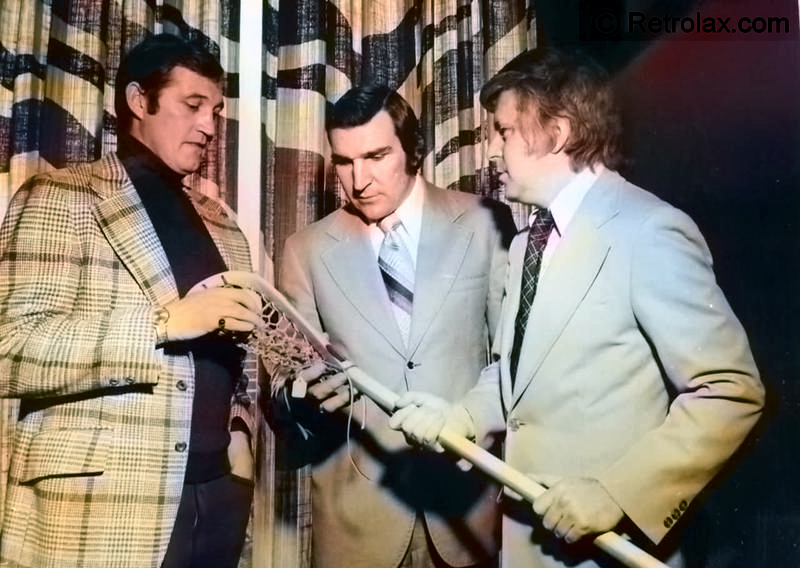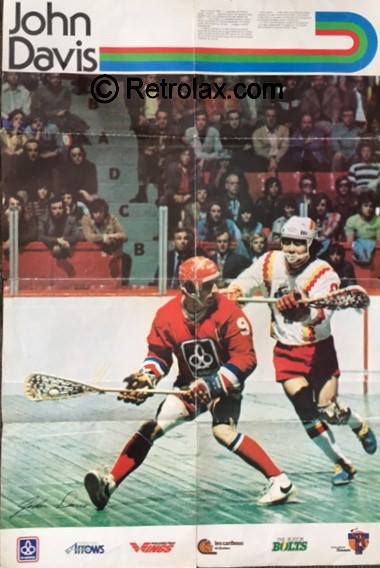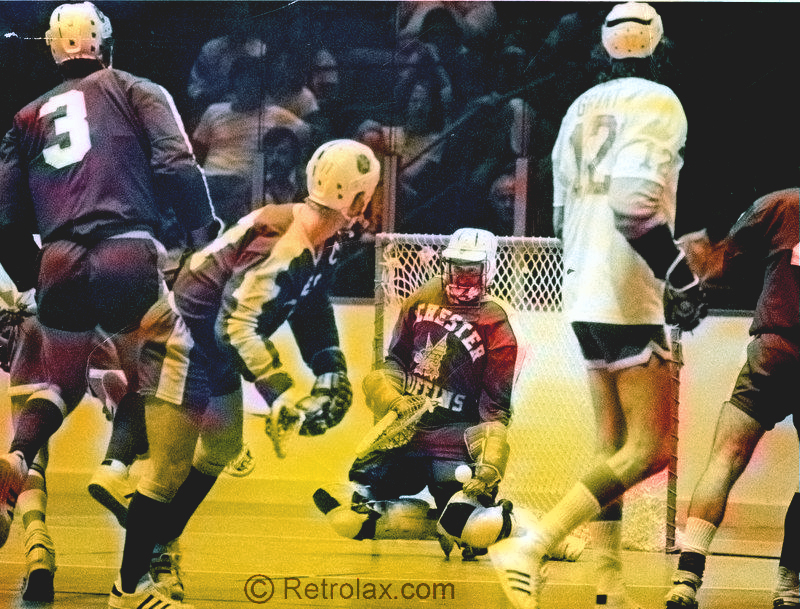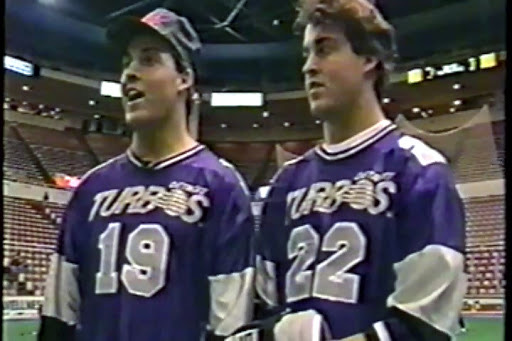By JIM WATERS; Thomson News Service - March 14th, 1974

TORONTO — Two essential ingredients, woefully missing from ventures that have gone before but failed, are found in the formula for success of the National Lacrosse League.
One is money, says Bruce Norris, who is fully familiar with the substance.
The other item is air-conditioning—a comfort unheard of in stifling hothouses where previous summer circuits played.
Those commodities comprise the backbone of an international enterprise conceived in February and due for delivery in midMay when Toronto Tomahawks play Les Quebecois in Montreal.
Pockets bulging and cool breezes behind them, the league backers boldly promise to once and for all “turn the last unexploited game into the next big league sport.”
Good grief, cry the purists. Nothing, not even the pastime devised by Huron Indians around Georgian Bay a few hundred years ago, is sacred to the “sportsman” who espies a turnstile standing idle throughout the summer.
The problem is those Tomahawks and Quebecois, as well as Wings and Arrows (of outrageous fortune?), require players to complement the cash and cool arenas. The league has already bought contracts of 300 players and a draft later this month will distribute about half among six teams.







